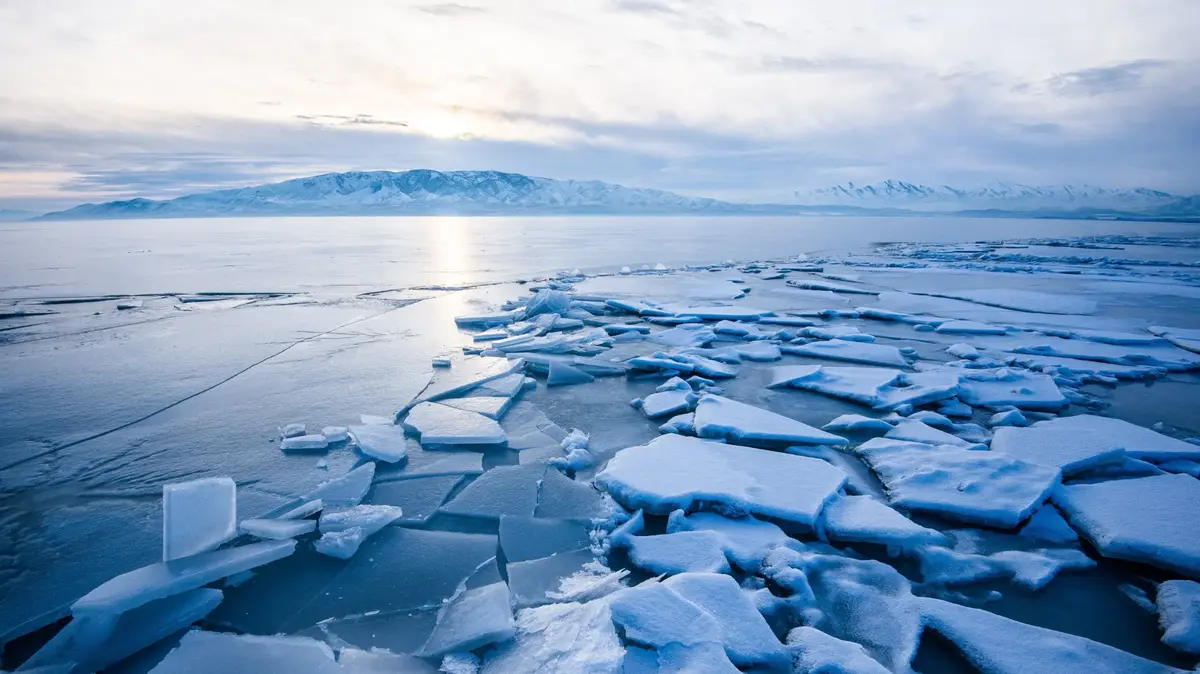He seemed to save by climate change.
But nothing escapes it, not even Antarctica, confirmed this Tuesday a group of researchers.
The Antarctic sea ice reached its lowest level in 44 years at the end of the austral summer in February, according to their observations published on Tuesday, while Antarctica seemed so far to be more resistant to climate change than the Arctic.
In its natural cycle, pack ice (ice that floats on the ocean) melts in summer and re-forms in winter.
Since 1978, satellites have been recording very precisely the areas covered in each season, from year to year.
In the long term, melting is rapid in Greenland and the Arctic.
Conversely, the trend was modestly increasing in Antarctica, despite significant annual and regional variations.
Read also Melting ice: 50 years later, a forgotten sample reveals the alarming history of Greenland
But this year, even the Antarctic sea ice has plunged: it was measured at 1.9 million square kilometers on February 25, a record low since records began in 1978, the group of researchers report in an article published in the journal Advances in Atmospheric Sciences.
This is the first time that the area covered by pack ice has fallen below the 2 million km² mark.
That is 30% less than the average over three decades between 1981 and 2010.
Vicious circle
According to the authors of the study, the disappearance of the sea ice was complete in the western Amundsen Sea and in the eastern Ross Sea as of February 25.
More generally, the sea ice began to retreat earlier in the year, from the beginning of September.
And compared to 2017, the year of a previous record low, it recorded a late recovery, at the end of February.
To make matters worse, an unprecedented heat wave hit eastern Antarctica in March.
The melting is linked to "thermodynamics", that is to say the influence of temperatures, but also to the movement of ice to the north, to less polar latitudes, and to a thinner layer of ice on the coast. of the Amundsen Sea.
The summer 'anomalies' were observed mainly in the western part of Antarctica, which is more vulnerable to climate change than the larger area of East Antarctica.
Read also“The melting ice will have an impact on all of humanity”
The melting of sea ice has no impact on sea level, because sea ice is formed by the freezing of salt water.
But less coverage is also cause for concern.
When the white surface of the sea ice, which reflects the energy of the sun, is replaced by the dark surface of the sea, "there is less heat reflection and more absorption", explains Qinghua Yang, one of the co-authors, professor at Sun Yat-sen University.
“Which in turn melts more ice, and produces more heat absorption, in a vicious circle.
»










/cloudfront-eu-central-1.images.arcpublishing.com/prisa/Z45E6KV7VJGUXAKJWH7VA4NJSE.jpg)

